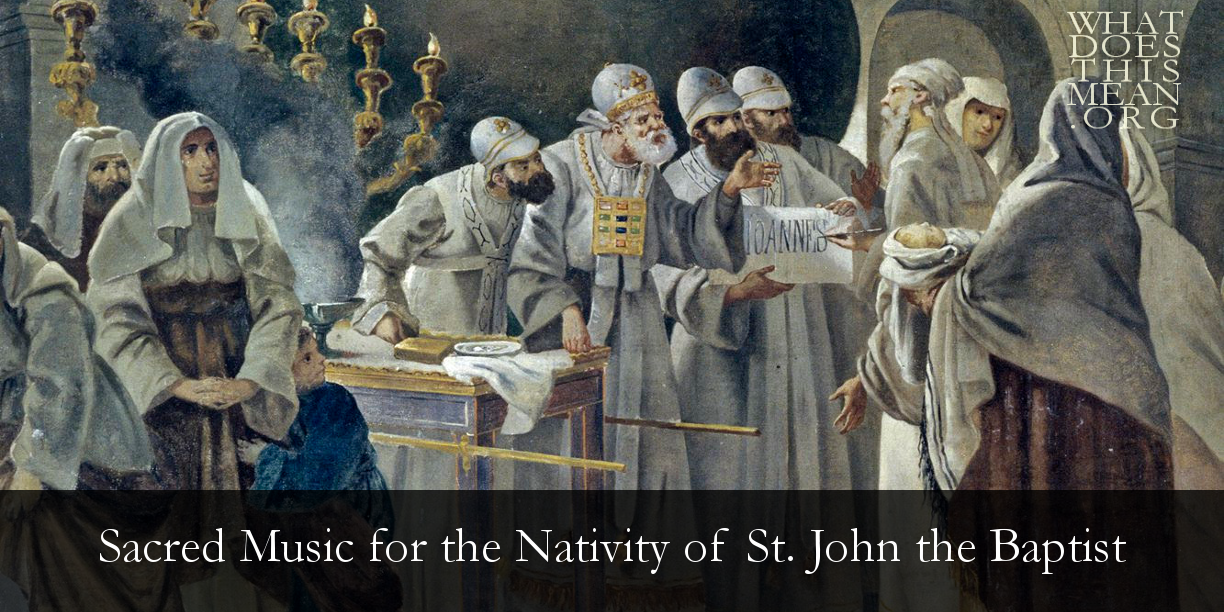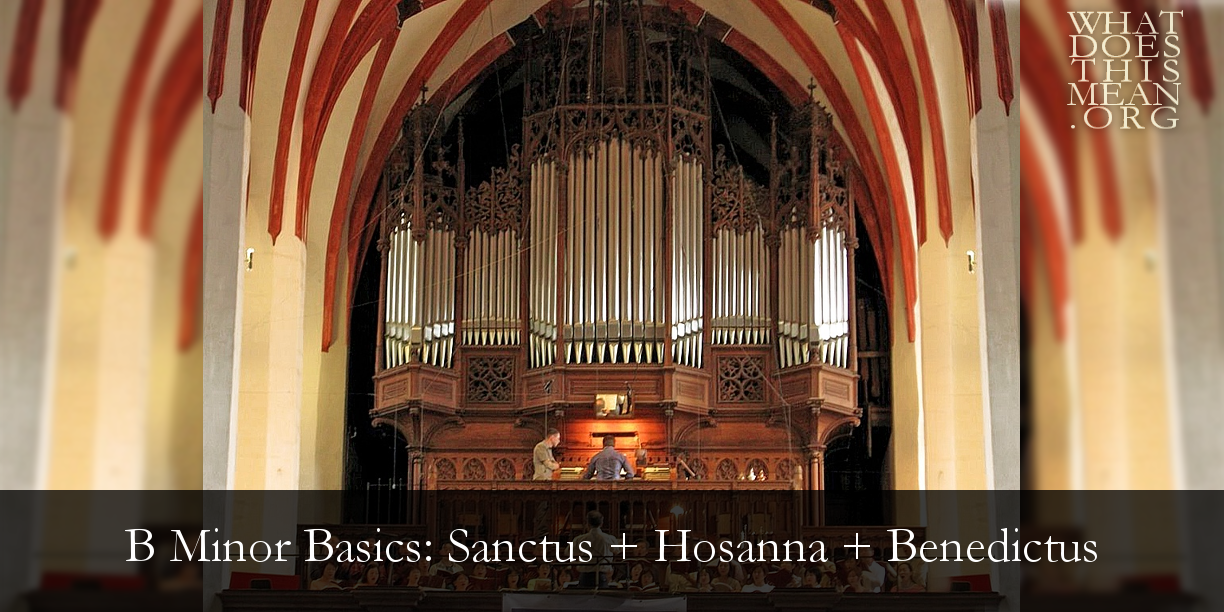On Psalms, Hymns, and Spiritual Songs: Sacred Music for the Nativity of St. John the Baptist6/23/2020 From the womb of one aged and barren was brought forth John, the Forerunner of the Lord. — Antiphon for the Nativity of St. John the Baptist In an article entitled, “Praying the Psalms with Jesus and His Body,” Thomas W. Winger makes the intriguing observation that the Codex Alexandrinus, the most important Greek manuscript of the fifth century, follows a common pattern of appending canticles to the 150th Psalm. These additions include the canticles of Luke 1 and 2: Benedictus, Magnificat, and Nunc Dimittis (CTQ 84:1-2, p. 123). The inclusion of Lukan canticles at the end of the Psalter suggests (or does it prove?) that the canticles of Luke 1 and 2 are part and parcel of the referent of St. Paul’s admonition to sing “Psalms, hymns, and spiritual songs” (Col 3:16; cf. Eph 5:19). In simple terms, the canticles of Luke 1 and 2 are part of our “A List” hymns, not to be neglected. In our ongoing exploration of Psalms, hymns, and spiritual songs, the Nativity of St. John the Baptist (June 24th, six months before Christmas) gives us a chance to focus on the Benedictus (St. Luke 1:68-79).
0 Comments
To Thee all angels cry aloud, the heavens and all the powers therein; To Thee cherubim and seraphim continually do cry: Holy, holy, holy, Lord God of Sabaoth! — The Te Deum The Nicene Creed ends with the words, “I expect the resurrection of the body and the life of the world to come. Amen.” In a musical setting of the Mass, the Nicene Creed is followed immediately by the Sanctus, “Holy, holy, holy.” One would normally expect the Creed to end with a whole note, a fermata, and a short break before the Sanctus. In his Mass in B Minor, however, J. S. Bach (1685-1750), ends the Creed with a quarter note with no fermata on the “-men” of “amen,” followed by three beats of rests and a relatively quick transition to the Sanctus. In the Creed, then, the church has confessed her longing expectation for the life of the world to come. And when the new creation arrives in all its fullness, she will be ready to sing the song which will serve as the focus of this issue of “Lifted Voice,” “Holy, holy, holy.” We will also examine its liturgical companions from Psalm 118, the Hosanna and the Benedictus.
And the catholic faith is this, that we worship one God in Trinity. . . . — The Athanasian Creed Helmuth Rilling, one of the most respected conductors, scholars, and teachers of the music of J. S. Bach (1685-1750), describes the importance of Bach’s cantatas: “J. S. Bach’s church cantatas are the center of his lifework . . . to know Bach, one must study his cantatas” (quoted in the Foreword to Melvin P. Unger, Handbook to Bach’s Sacred Cantata Texts). This is most certainly true. The passions and oratorios were performed for festive occasions, but Bach was obligated to provide (not necessarily compose) a cantata for every Sunday and feast day of the church year during his Leipzig tenure, except for a few Sundays in Lent and Advent. In the interest of exploring the vast treasure of Bach’s 200 extant cantatas (another 100 were lost), I am pleased to introduce my occasional column, “Cantatas Over Coffee,” beginning with Cantata 129, “The Lord, My God, be Praised,” originally written for Trinity Sunday.
|
Pr Brian HamerBrian J. Hamer is Chaplain to School of Infantry West at Marine Corps Base Camp Pendleton via the LCMS Board for International Mission Services. Archives
June 2024
Categories
All
|





 RSS Feed
RSS Feed
